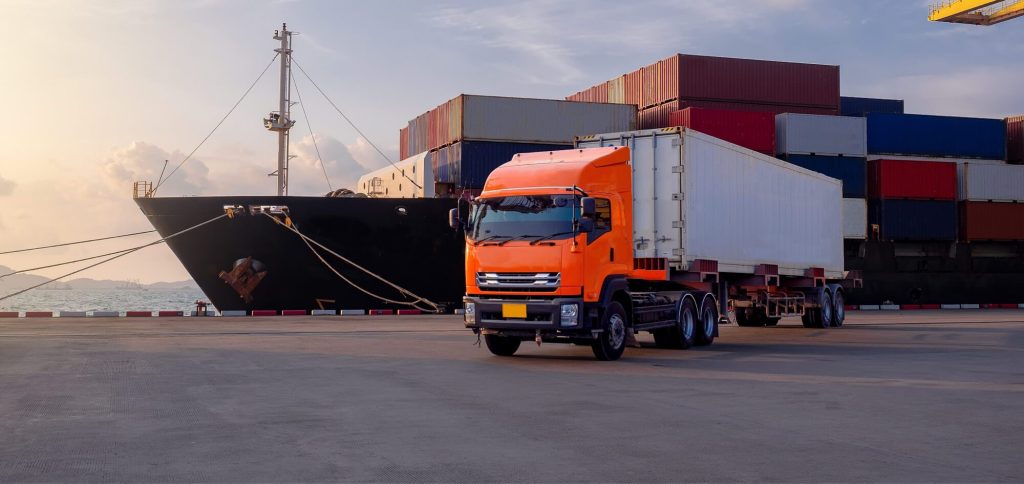Tallyfy defines Management By Exception as “… step in when there are significant deviations from planned outcomes. These can be either operational or financial outcomes.”
Pick any company, fleet operator, or anything to do with data in terms of Ocean Visibility, marine data, and supply chain management.
Then, think in terms of container data, port intelligence, satellite tracking for vessels, and so on. You’ll get millions of data points, events, positions, artificial intelligence driven insights, vessel position, and more.
As long as everything runs smoothly, you’d normally only have to monitor this data but “not take action” on any of these data points.
These data points are meant for tracking and monitoring.
At GateHouse, we believe that when an event (or any data point) deviates from the norm, you’d then have to step in and take action.
That’s Management by Exception for us.
As far as we are concerned, the challenge in the DaaS and Ocean Visibility (along with any other relevant streams of data concerned) is to find the data points that are of critical importance when critical events occur — ships stuck at a port longer than needed, disturbances such as unpredictable weather that can hinder vessels’ movement, mismanagement at ports, or technical breakdowns of any kind.
These uncalled events cause disruptions. Management By Exception is a management strategy that dwells on the “unexpected”.
Disruptions — in the world of supply chain, ocean visibility, and marine management — cost time and money. Not to mention cascading effects percolating down to client disgruntlement, hurting delivery times, or sending ripples down the supply chain.
The “money” and “time” here cause millions of dollars (or millions of dollars in opportunity cost). This is on top of an unnecessary load on operations (for management, for ports, for customers, and more).
Making The Right Calls, With Calls to Action
Any deviation from the norm (the planned route, time of departure, time of arrival, docking time at a port for a vessel, port data, etc.) requires zoning in on the exact data sets.
On the management side, this is then followed by an analysis, segregation of requisite data, and apt decision-making.
Some events or data points that might require immediate attention and intervention could be:
- Port congestion causing serious delays.
- High-cost points associated with anchoring at docks.
- Major changes to predicted arrival or discharge of vessels form ports (or on the way to or from ports)
- Updated schedules (regional, national, or at ports) that could hurt smooth operations, and more.
Some of the calls to action management would take (based on the events, the data, and the situation) are as follows
- Rebook container pickups
- Reroute Route plans
- Inform our customers about the delay because of unexpected port congestion
- Step in and take up some high-level discussions — or with territorial authorities (such as the National Guard or the Navy), or governments to resolve issues
- Arrange for talks or meetings with port authorities to deal with deviating port intelligence or to manage port-level issues, if any.
Management By Exception: How to Execute
It all starts with what data you track as a business, what’s crucial for you, and what you tend to mark as “normal” or “abnormal” — it’s important to define these for your own business. You can’t make sense of all data points, and all the in-stream data you get might not even be relevant to you.
Each business has its own priorities. The best part of DaaS (Data as a Service) is that it’s only the source and foundation for data.
Based on your priorities and the incoming data, each business makes its own decisions as to what data to accept, the data to monitor, and the data sets marked as “deviating from norm”.
Once you establish all of the above, receiving exceptions in a timely manner allows you to execute management in style.
You can manage containers, vessels, ports, and aspects of the supply chain like a pro.
In conclusion: You’d not care about any of the marine, vessel, or port data available to you as long as everything runs smoothly.
It’s only when things deviate that you’d need to find the exact, most relevant, and pertinent information in a timely manner to ensure that you move the resources (or the mountains?) to swing into action (which are exception-based)
Doing management by exception — based on data at your fingertips (at the right time) — could mean everything from smooth operations, proactive management, hands-on operational agility, and informed decision-making.
Avoid playing the game of “finding the needle in a haystack” — take advantage of technology, data, and resources available to manage like a pro.
What do you think about Management by Exception? How do you intend to use it for marine management? How do you foresee the change in management styles?

Kim Bøjlund
Product Manager
GateHouse Maritime



